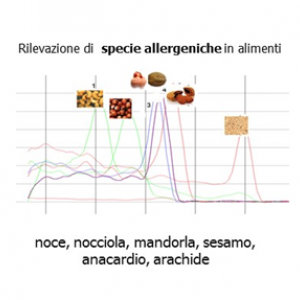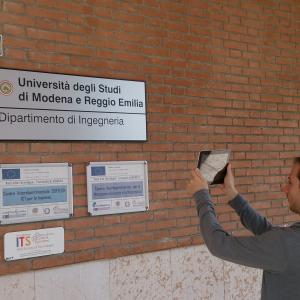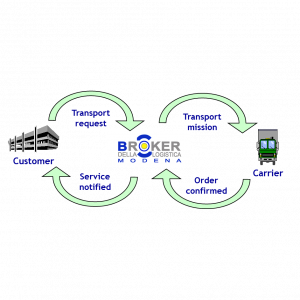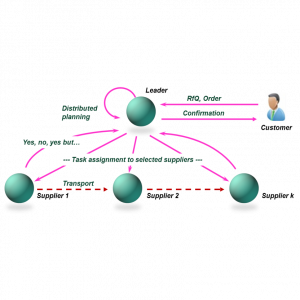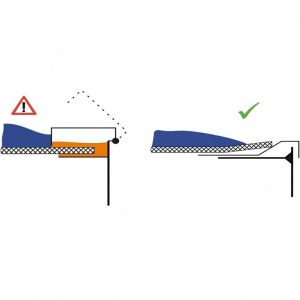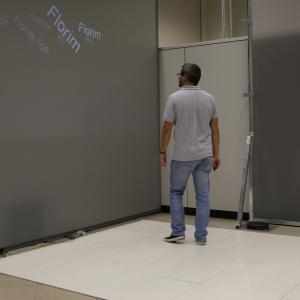
Sensing floors and Visual sensor network
Hardware and software design of behaviour recognition and analysis systems starting from data provided by innovative sensor networks, such as the new sensorised floors, or traditional, such as visual sensors, static and PTZ cameras and KINECT. With...


